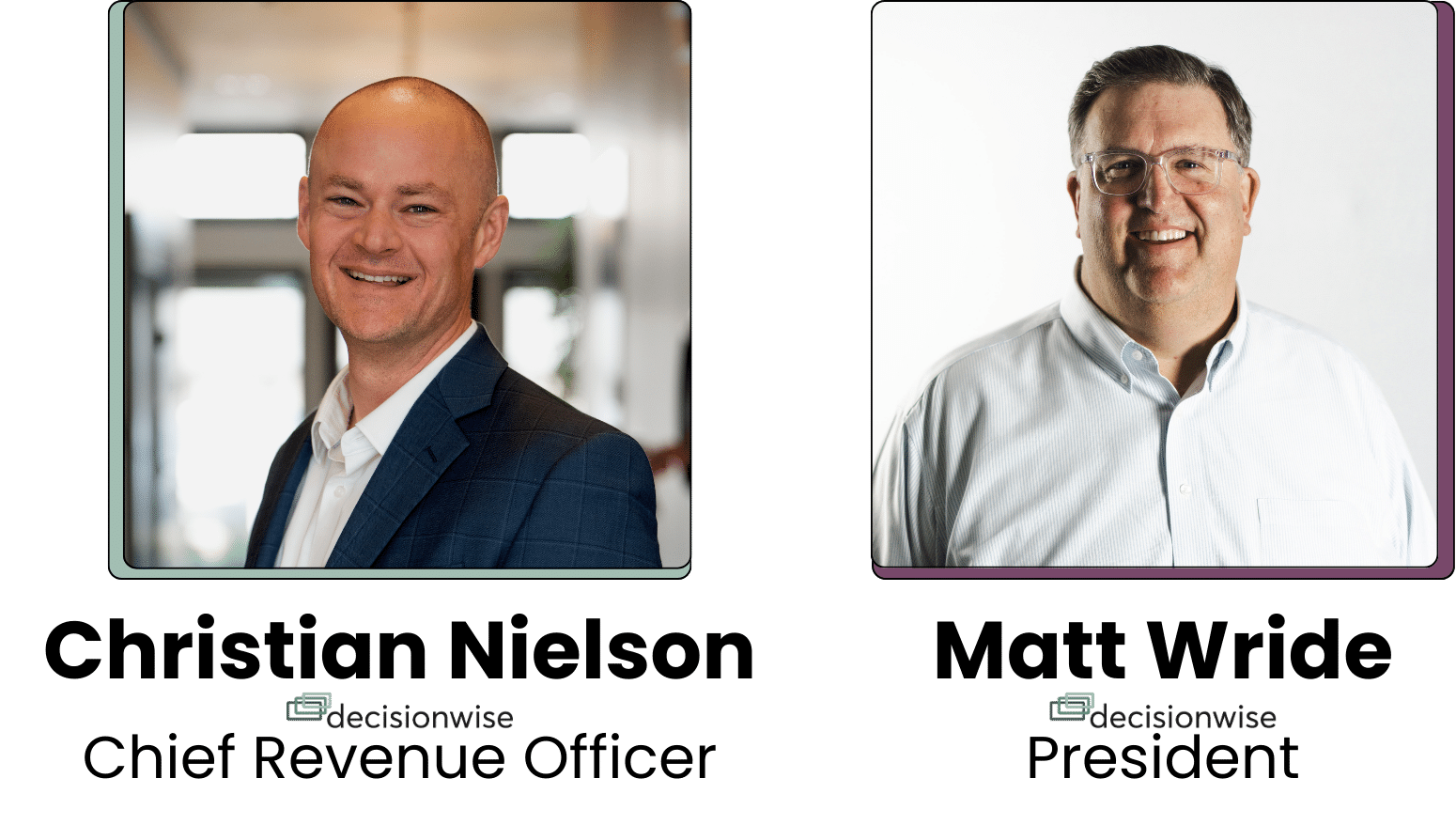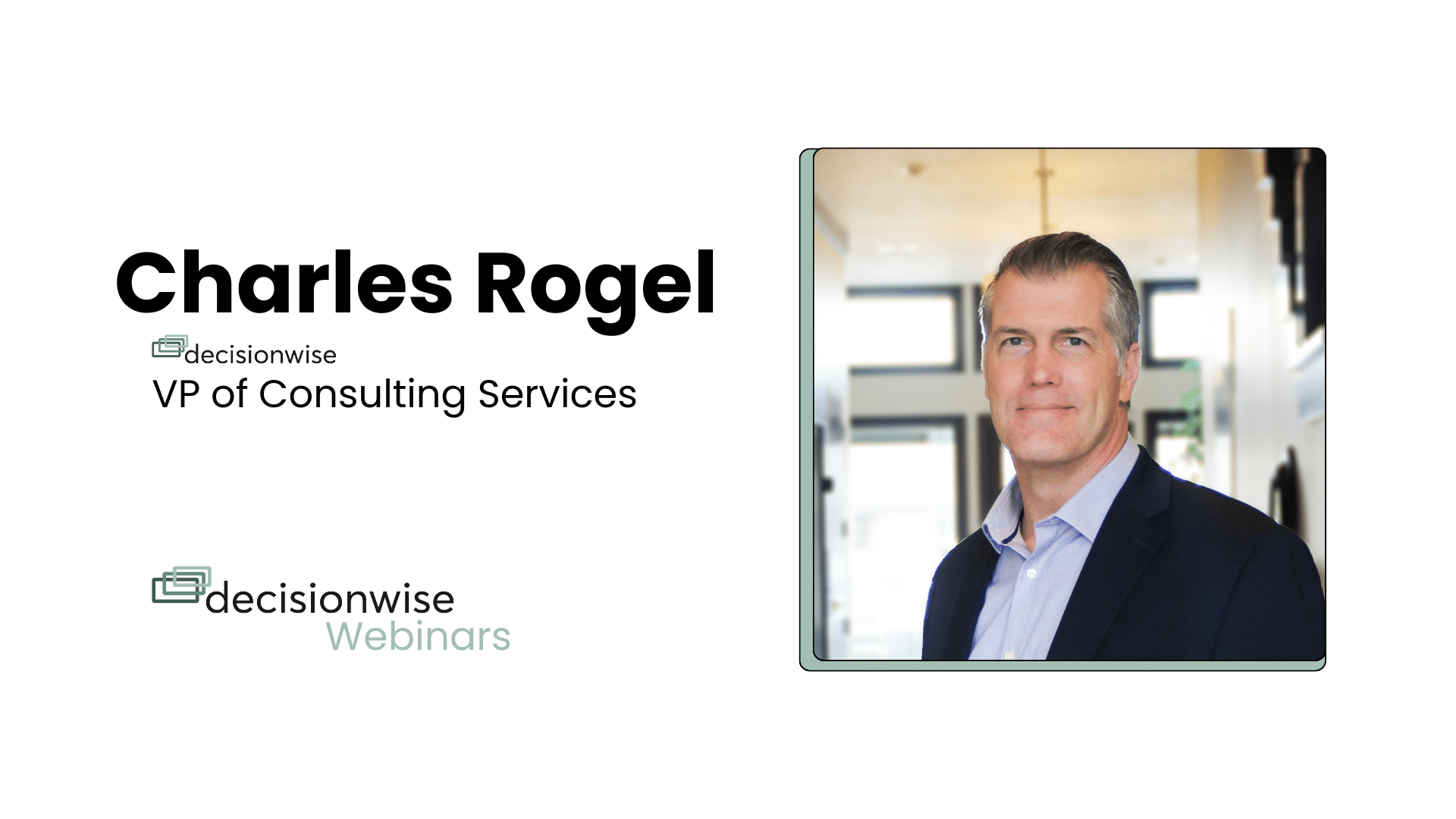eNPS: A Tool to Measure your Employee Engagement
The statement “You can’t manage what you can’t measure” is often attributed to Peter Drucker (1909-2005), a well-known management consultant, educator, and author. Drucker emphasized the importance of using metrics and data to effectively manage and improve processes within organizations. While the exact wording may vary, the core idea behind the statement is that without the ability to measure something, it becomes difficult to understand, control, and improve it.
This notion applies with full force to the employee experience, and one of the best tools to measure whether your employee experience is creating an engaged workforce is the Employee Net Promoter Score (eNPS). eNPS gauges an employee’s willingness to advocate for their workplace, and it is a simple, yet effective, metric that allows companies to assess how likely their employees are to recommend their organization as a great place to work.
The eNPS question mirrors the structure we commonly see in customer satisfaction surveys, but instead of asking, On a scale of 0 to 10, how likely are you to recommend our business to a friend or colleague?, an eNPS question is often structured like this:
How likely are you to recommend this organization as a great place to work?
Like a traditional NPS question, employees are asked to provide their responses on a scale of 0–10 (with 10 being the strongest possible recommendation).
How the eNPS Score is Calculated
There are three steps in calculating an eNPS score: First, responses are grouped into the following segments:
- 9–10 are promoters, i.e., highly likely to recommend your organization.
- 7–8 are passives (or neutrals), i.e., neither likely nor unlikely to recommend your organization.
- 0–6 are detractors, i.e., unlikely to recommend your organization.
Second, we calculate the percentages. This is done by determining the percentage of promoters, passives, and detractors based on the total number of responses. Third, we compute our eNPS score. We do this by subtracting the percentage of detractors from the percentage of promoters:
NPS = %Promoters – %Detractors
For example, if 80% of respondents are promoters and 10% are detractors, the NPS would be 70 (80−10=70).
Interpreting the eNPS Score
Your organization’s eNPS score will fall within the range of -100 to +100. Here is a basic framework on how to interpret the scores:
- Above 0: Acceptable, indicating more promoters than detractors.
- Above 20: Good, showing a healthy balance of customer satisfaction.
- Above 50: Excellent, reflecting a strong, customer-focused company.
- Above 80: World-class, indicating exceptional employee loyalty and satisfaction.
Adding Open-Text Questions
As noted, eNPS scores provide insights into your employees’ loyalty and engagement. These scores, however, are most helpful when paired with an open-text question. Consider the following options:
- What is the primary reason for your score? This question helps you understand the factors that influenced the employee’s score. It can provide insights into what is working well and what needs improvement.
- If you could change one thing about our company, what would it be and why? This question encourages employees to think critically about the company and its processes. The responses can highlight areas for improvement that may not have been previously considered.
- Can you provide a suggestion to improve your workplace experience? This question gives employees the opportunity to share their ideas for enhancing the workplace. It can lead to innovative solutions that benefit the entire organization.
- What is something you feel is overlooked at our company? This question can reveal blind spots in management or processes that are causing dissatisfaction among employees.
- Can you share a recent positive experience at work? This question allows employees to share positive experiences, which can help identify strengths within the company.
Modern survey platforms such as Spectiv, can analyze open-text comments and through machine learning they can categorize the responses and analyze what topics or themes are being discussed the most.
Best Practices with eNPS Scores
Once you have gathered eNPS scores and the accompanying feedback, here are some strategies to leverage your eNPS scores to improve employee engagement:
1. Feedback Loops
Use eNPS feedback to implement changes that address employee concerns and boost satisfaction. For instance, if detractors cite poor management, this could suggest a need for leadership training or a review of management practices.
2. Recognition and Rewards
Recognize and reward your top performers and promoters. This can motivate others to become promoters as well.
3. Measure Progress and Adjust Strategies
Continuously monitor eNPS scores and track progress over time. Use feedback and data to evaluate the effectiveness of initiatives and adjust strategies as needed to further improve employee satisfaction and engagement.
4. Increase Leadership Accountability
If leaders know they are being tracked, they will give more attention to building and maintaining better employee experiences.
5. Create a Compelling Future
Foster a sense of meaning in a leader’s work by signaling the success that can be tracked using an eNPS score.
DecisionWise Can Help You Measure eNPS & Employee Engagement
In summary, the eNPS score is a valuable tool that can help leaders and HR professionals understand and measure their employees’ sentiments and loyalty towards the organization. By effectively leveraging eNPS scores, organizations can build better employee experiences, which in turn drives engagement and a more productive and satisfied workforce.
With DecisionWise, you can harness this simple yet potent tool to transform your employees into passionate promoters of your organization. We offer our cutting-edge survey software platform: Spectiv, and our 25-years of expertise to implement effective employee listening strategies and significantly improve your Employee Net Promoter Score (eNPS). With DecisionWise and Spectiv, you’re not just measuring engagement; you’re actively shaping it.
For a personalized consultation and to learn more about how we can help you achieve a world-class eNPS, reach out to a member of our team or request a demo.




